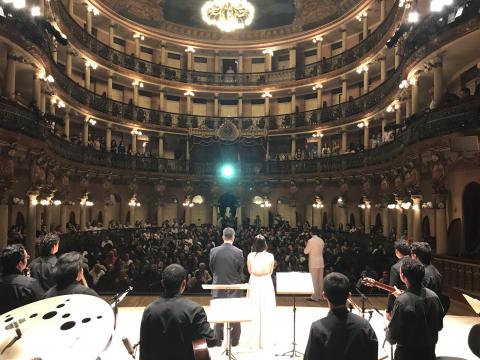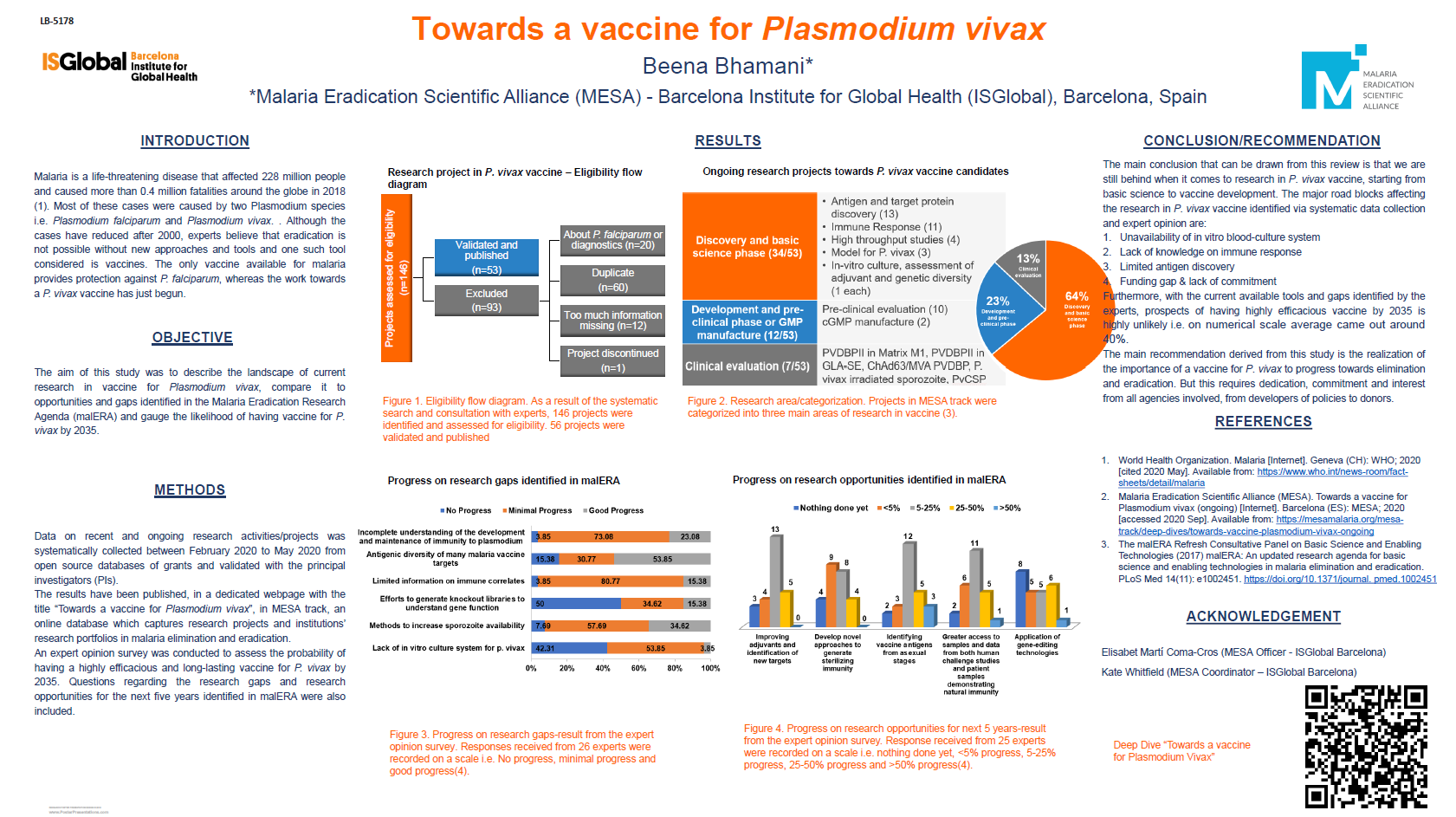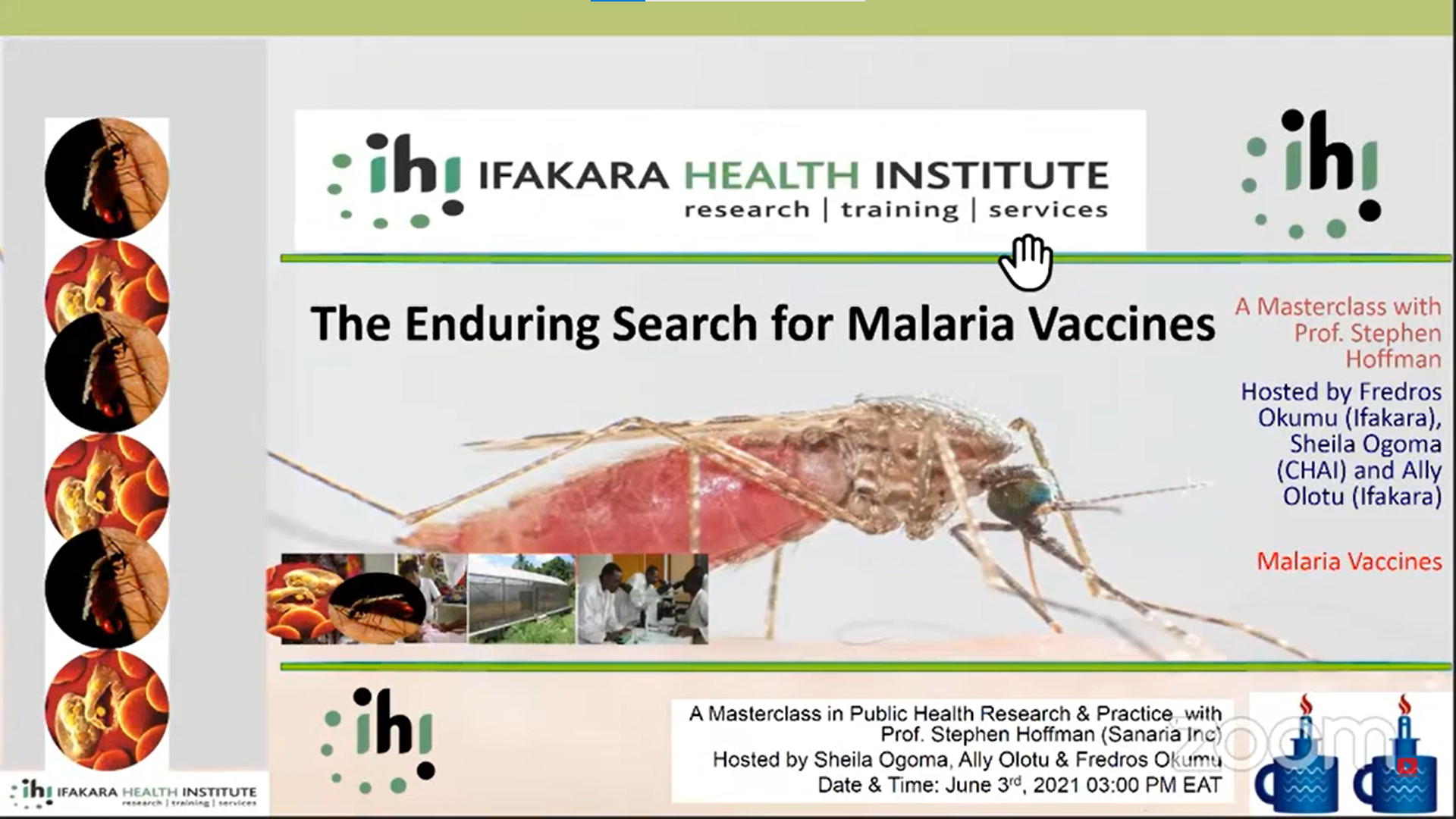6th International Conference on Plasmodium vivax Research (ICPvR) – 2017: Day 3
Tuesday, 13th June 2017
Published: 10/12/2018
This report is brought to you by the MESA Correspondents Rosalind Howes, and Hernando del Portillo.
THEMES: THEMES: Epidemiology | P. vivax | Surveillance
MESA Correspondents bring you cutting-edge coverage from the 6th International Conference on Plasmodium vivax Research
Day 3: Tuesday 13th June
Topic 5: Epidemiology and surveillance
Reminding us of the importance of denominators and evidence-based risk assessment, Ric Price made a strong case advocating the life-saving benefits of primaquine and the need to “cleverly” expand access to safe treatment. Hospital records from Papua, Indonesia, make evident the delayed mortality from P. vivax infection associated with recurrent clinical episodes. A 5% risk of mortality for under-fives within 12 months of hospitalisation with P. vivax brings the mortality risk in line with that of P. falciparum hospitalisations.
Joe Vinetz presented an overview of the Peru ICEMR, discussing the concept of “resilient malaria” and the contribution of asymptomatic and sub-microscopic infections to transmission. Evidence of a potential “time-dependent transmission-enhancement” of P. vivax transmission was presented. A positive correlation between parasite load (and symptom intensity) and transmissibility was evident, something that later speakers would corroborate from other settings, including Fitsum Tadesse in Ethiopia where sub-patent infections are predominant. His membrane-feeding assays indicated a lesser role for sub-patent transmission of P. vivax relative to P. falciparum. Jane Carlton’s ICEMR in India emphasised the variable epidemiology of P. vivax between geographic sites, though with sub-microscopic parasitaemia and high gametocyte carriage widely observed. Given this “hidden burden”, a genomics approach is attempting to ascertain the true burden of malaria. The hand-held MinION device allows real-time parasite detection and gene sequencing in the back of a tuc-tuc.
The next series of talks reminded participants of the continually evolving nature of malaria. Priscila Rodrigues investigated the origins and introduction routes of P. vivax into the Americas. mtDNA analyses indicate multiple waves of P. vivax importation from different continents, potentially explaining the parasite’s relatively high genetic diversity in the Americas. Ghyslaine Bruna and Fabián Sáenz presented evidence of PCR-positive P. vivax infections in Duffy-negative hosts in Cameroon and Ecuador, respectively. And Anielle Pina warned of zoonotic malaria infection in the “malaria-free” Rio de Janeiro state from P. simium in the Atlantic Forest.
Topic 6: Understanding, mapping and novel interventions in transmission
Rhoel Dinglasan opened this session with an overview of the insights into fundamental biology and the development of novel transmission-blocking interventions which can be achieved through “omics” work. His searches for conserved parasite developmental pathways and parasite ligand-mosquito receptor interactions are identifying pan-malaria transmission-blocking vaccine targets. He also described a novel slow release vaccine delivery platform using virus-like nanoparticles.
Results from Kevin Kobylinski’swork with ivermectin offer clear hope of an additional vector control intervention for interrupting transmission by shifting the vector population survival curve to reduce abundance of infectious anophelines. Further study is exploring the observed benefit of co-administration with piperaquine, and a possible hypnozoiticidal effect. Paulo Pimenta described the effect of ivermectin on P. vivax transmission with key vectors of the Americas, reporting a reduction in oocyst abundance together with significant inhibition of P. vivax asexual development in ex vivo cultures.
Mathilde Gendrin discussed the influence of the mosquito microbiota on parasite transmission, finding the nature of the microbiota variable between specimens and in time, with no core subset of species universally detected. Experimental antibiotic treatment of the microbiota increased parasite transmission.
An important road-block to P. vivax basic research is the lack of in vitro continuous culture of P. vivax, and the associated supply of stage-specific parasites. Addressing this limitation, James McCarthy described optimisations to his human challenge models which provide unique opportunities for basic research as well as drug and vaccine screening. To date, 42 individuals have been infected, with high levels of onward mosquito transmission and subsequent production of infectious sporozoites. Gissella Vásquez described the laboratory-breeding of Anopheles darlingi at NAMRU-6 in Peru which provides an important supply of sporozoites for many studies presented at the meeting.
Marta Moreno took us to Iquitos, and compared membrane-feeding methods with direct feeding to assess the transmissibility of low parasitaemia infections. Data confirmed the role of patent asymptomatic hosts in transmission, but found no evidence of transmission from sub-microscopic infections, with no significant difference between the feeding methods.
Finally, Muzamil Hamid presented a study of P. vivax vectors in Sudan. Although dominated by Anopheles arabiensis, results suggested a broader range of vectors may be involved.
Topic 7: Immunity, pathogenesis, vaccine discovery and development
This session took us through different stages of the vaccine discovery chain, with insights from the natural processes of the host immune response helping to guide vaccine candidate searches.
First off, Chris King discussed using human monoclonal antibodies (mAbs) to identify potential vaccine targets. mAbs targeting PvDBPII have been isolated from individuals with acquired P. vivax immunity which inhibit parasite binding. These mAbs recognise a conserved epitope at the binding interface of DARC, and evidence of cross-strain recognition from Cambodian mAbs to Madagascar parasites points to strain-transcending blocking activity. Next, Arturo Reyes-Sandoval described his identification of “Rv21” as a candidate pre-erythrocytic vaccine. This RTS,S-like vaccine is a virus-like particle presenting PvCSP, which shows promising activity against sporozoites. He described ongoing efforts to identify a multi-antigen vaccine, with “Rv21+Ad-M-TRAP” currently the lead candidate. He also advocated using transgenic murine P. berghei parasites expressing P. vivax antigens to avoid Aotus pre-clinical phases, thus representing significant cost savings. Noah Sather then discussed the special implications of relapse in the context of vaccine development, demonstrating that even a relatively low efficacy (<50%) vaccine against primary infection could still significantly reduce the incidence of relapses by preventing the development of hypnozoites.
Camila Barbosa presented her in silico work screening peptides presented by infected reticulocytes for potential immunogenic properties. She is using this approach to unravel the HLA Class I antigen presenting pathway in P. vivax-infected reticulocytes.
The role of complement-fixing antibodies in severe malarial anaemia was discussed by Damian Oyong. Unlike with P. falciparum, there appears to be no significant association of complement activity with P. vivax and severe anaemia. Evidence presented by Steven Ko however, suggests that platelets play a major role in killing blood-stage parasites, with greater impact on P. vivax infection than P. falciparum or P. malariae. Stephanie Yanow also described studies of the host immune response guiding vaccine target identification. She discussed cross-reactive PvDBP antibodies against Var2CSA and the protection acquired by P. vivax-induced antibodies to P. falciparum infection.
Antibody kinetics and longevity against P. vivax antigens were investigated in Thai patients for a year after infection by Zoe Shih-Jung Liu. She identified a range of antibody lifespans, with most being short-lived, but some persisting longer than 6 months even in the absence of boosting exposure. Combination antigens would provide a valuable surveillance tool.
Topic 8: Late breaker turbo talks
This fast moving session (each talk lasted only 5 mins) jumped around a range of themes:
Daniel Bargieri presented “Ookluc”, a new high-throughput screening tool for identifying transmission-blocking targets; Lilia Gonzalez presented evidence of vector selection on P. vivax populations in Mexico, with different parasite strains adapted to different vector species; Gabriel Rangel described using KCl Percoll enrichment of very low parasitaemias of cryopreserved parasite isolates (<0.02%) to screen antimalarial sensitivity; Camila França screened antibody responses to recombinant P. vivax antigens looking for possible interactions between panels of antibodies, demonstrating that combinations of up to five antibodies could boost efficacy; Andre Siqueira summarised large-scale serological screening and treat activities that achieved elimination in southern Brazil in the 1980s; and finally Miriam Diaz-Varela explained that exposure to exosomes can induce long-term immunity in mice, and she is now performing studies of human reticulocyte-derived exosome proteomics to help understand the mode-of-action of this novel vaccine platform.
~~~
The day ended at the Parisian-modelled Manaus Opera House. A truly stunning venue for a beautiful concert of emotive Brazilian music entitled “Vivace” by the Amazonas Guitar Orquestra. Surprise guest appearances were the evening’s highlight, with our conference’s great Scientific Committee President, Hernando del Portillo, pulling out all the stops in a sensational vocals and guitar rendition of Girl from Ipanema; while Joe Vinetz performed on clarinet a beautiful composition by his own son, Max – truly remarkable from both father and son! The evening ended with a reception on the Opera House’s balconies overlooking the old buildings of the city of Manaus. Thank you to Marcus Lacerda and all the organisers for such a special evening!
This blog was written by Rosalind Howes (University of Oxford) and Hernando del Portillo (Barcelona Institute for Global Health (ISGlobal) & Institut d’Investigació Germans Trias i Pujol (IGTP)) as part of the MESA Correspondent program, and is cross-posted on the MESA website and Malaria World.
Published: 10/12/2018
This report is brought to you by the MESA Correspondents Rosalind Howes, and Hernando del Portillo.
THEMES: Epidemiology | P. vivax | Surveillance


